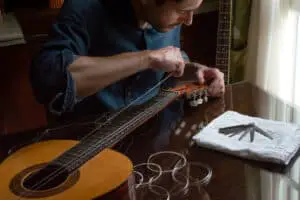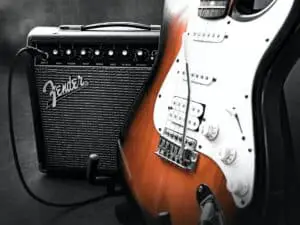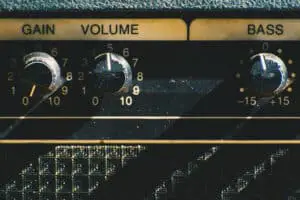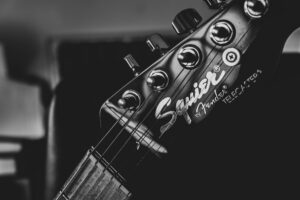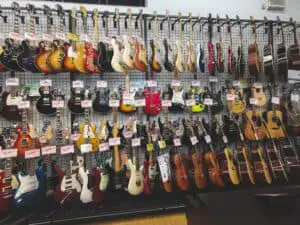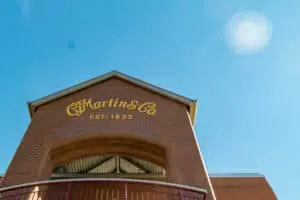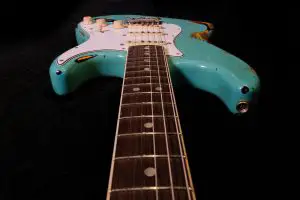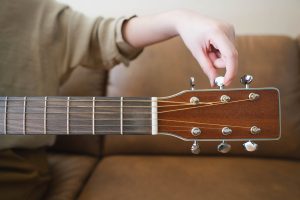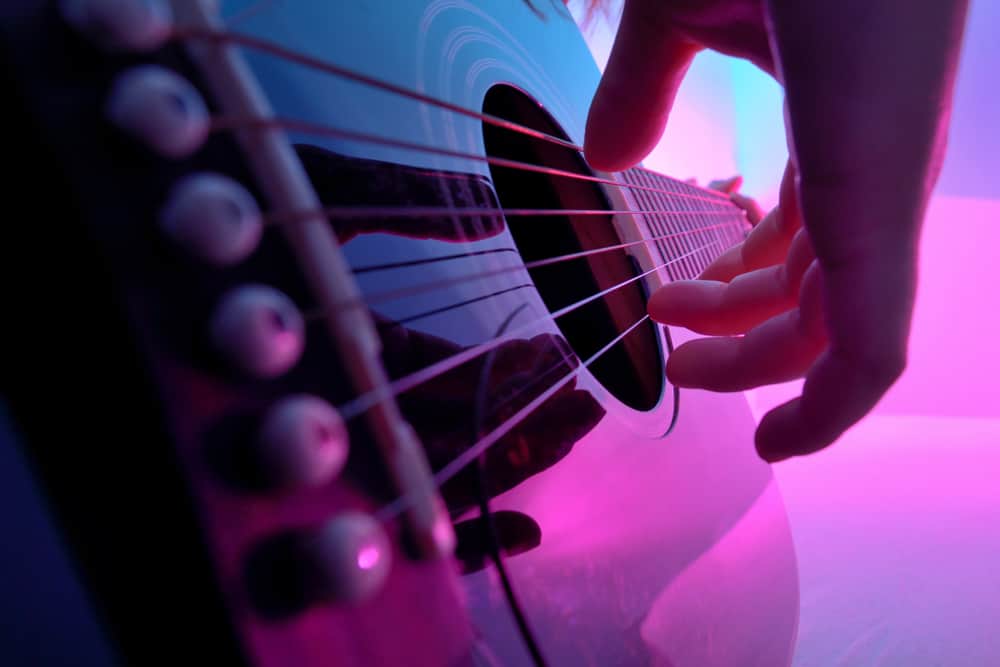
Music and writing? I’m sure you just wanted to learn guitar for fun. Talk about tabs. You might loathe classical music because of the scribbles on paper that your music teacher wanted you to cram up in your head.
On the contrary, writing and reading guitar tabs are easier to do and valuable skills to have as a guitarist. Imagine being able to play any song with the proper chord notations, strumming patterns, and solo notes just from reading off a tab note. Pretty awesome, I can tell you.
How then do you write guitar tabs?
Many people have inquired about transcribing songs into tablature, and now they can rest easy knowing that the solution is right here in this piece.
You can only know how something is really done by seeing it get done a couple of times and putting it into practice yourself. Writing tabs is precisely like this and if you want to know how to, take out music that has tabs already written, study them and practice likewise.
With a few helpful suggestions and pointers, I’ll walk you through the fundamentals of writing tabs regardless of how acquainted or inexperienced you are with tablature. Read on.
You’ve Got To Know Your Guitar
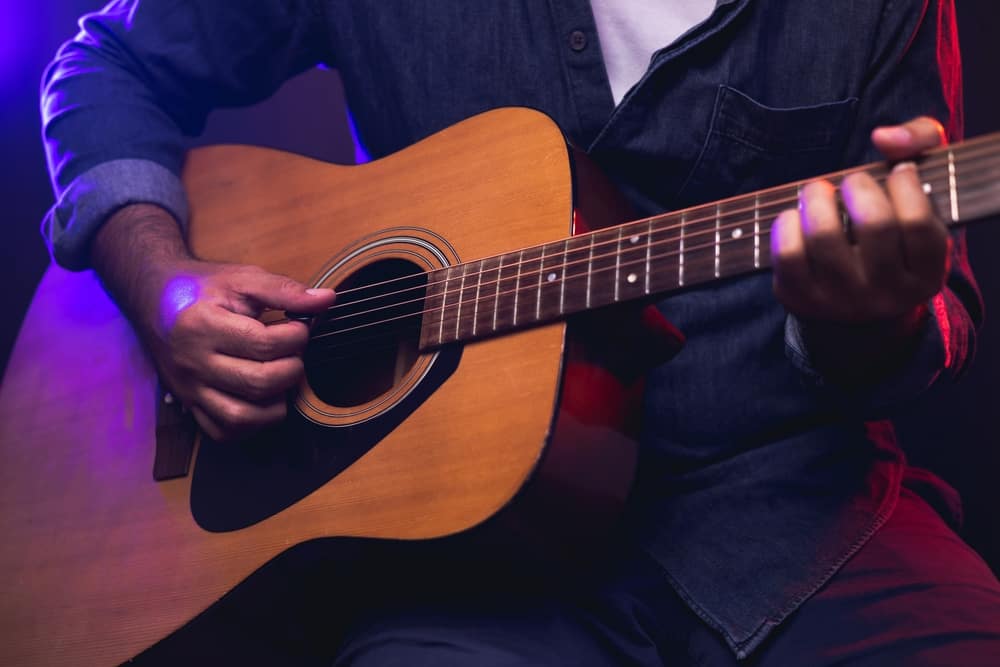
To read tablature, you’ll need to understand how your guitar is structured. From knowing the number of fret lines, you have to understand the labels given to each of the strings on your instrument.
Before learning to play a musical instrument, you should have a basic comprehension of it. Imagine a guitar with its head on one side and the bridge and fretboard.
The frets are seen as the vertical lines that run across the neck of your guitar, and as you should know already, all the six strings are labeled with notes or ordinal numbering as the E string or 6th, A string or 5th, D string or 4th, G string or 3rd, B string or 2nd and finally the high e string or 1st.
You can remember each string name using the acronym: “Eddy Ate Dynamite Good Bye Eddy.”
Being aware of this simplifies the task of deciphering the guitar jargon used by other musicians.
Tablature
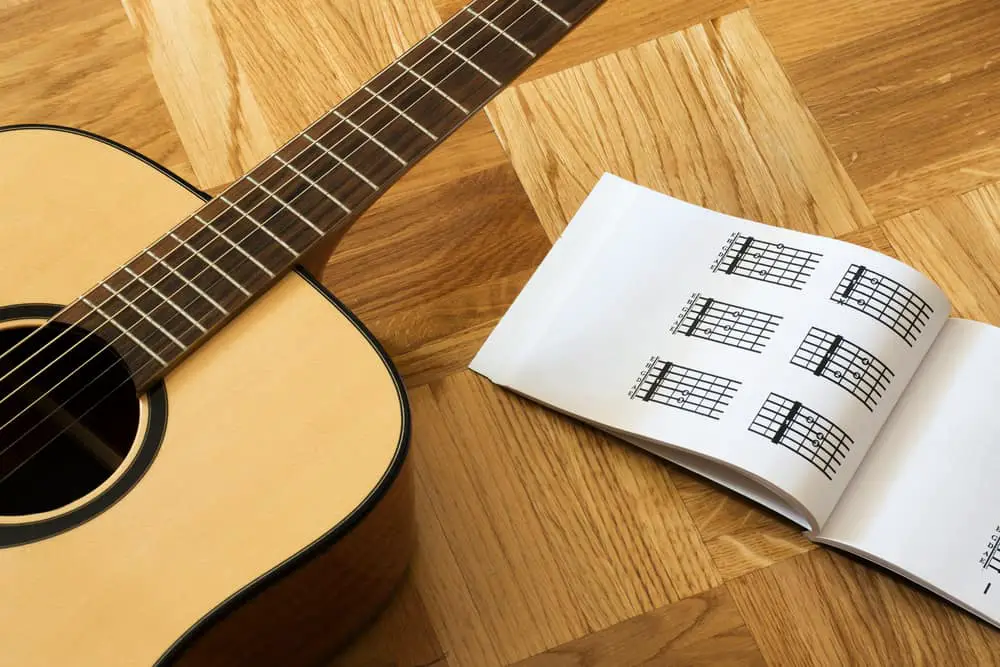
e|—————————|
B|—————————|
G|—————————|
D|—————————|
A|—————————|
E|—————————|
The above represents what you would see on a guitar tab sheet, and if you look closely, you will find out it accurately describes the structure of the guitar as each of those lines corresponds to one of your guitar’s six strings.
The strings on your guitar are numbered from the thinnest to the thickest, from e to E. The thinnest string is represented by the line at the top, which continues down to the thickest.
To the left of each line, you’ll see letters spelled out. Those symbols represent open notes on each string. To put it another way, if your guitar is in standard tuning, and you pluck an open string, you’ll hear the same note.
Now that you’ve got a blank tab, it’s time to start filling it in. Replacing the dashes with the fret number on your guitar tab will add notes to your playing.
There should be frets on the corresponding string when adding them. That implies that if you’re holding down the 2nd fret on the thinnest string, you’ll type 2 on that first line instead of the other ones. It is important to remember that tabs are read from left to right.
e|–0——–|
B|—-4——|
G|——3—-|
D|——–1–|
A|———–|
E|———–|
In the example above, you will notice the descending order in which the numbers (frets) are written on the dotted lines (strings). You have to play the notes in this order, from playing the thinnest string (e) on an open note to playing the 4th fret on the B string to the 3rd fret on the G string, and finally, the 1st fret on the D string. See how easy that is!
Start Transcribing

Once you’ve mastered the ability to read TABs, you can begin attempting to write down simple guitar parts. A single note is an excellent place to start.
Play only a few notes at first; if not, you’ll have a hard time remembering everything. Take some time to jot down a few lines once you’ve played a part. If the TAB appears correct, play it back on guitar to check for errors.
If it fails to work, try a less complex portion first to avoid wasting time and getting easily discouraged. On the other hand, if you had no trouble at all, move on to a longer or more difficult section.
This is a skill that can be learned in a matter of minutes. The only thing you need to do is keep trying. Start with the simplest components and work your way up to the more complex ones.
Well, Write!

The best approach to learning how notes and chords work together is to write down a TAB part and then perform it on the guitar. Although the sections may not sound particularly musical at first, they will gradually improve in quality with practice.
To write down any TAB, you don’t need to play your guitar first. A whole line of notes, slides, hammer-ons, pull-offs, bends, etc., should be written down. Now try it out. Are you not clearly making music already? Well, if you wrote the tab in the correct musical scale, that is.
The tricky part of this step isn’t remembering the TAB, which is a piece of cake. Creating music notation that will be enjoyable to play on a guitar is the bone of contention.
It’s a challenge to write a piece of music that sounds excellent without actually hearing the notes! Imagine how potent that ability will be once you can use it. Writing songs without ever touching an instrument is a skill that many songwriters possess.
When drafting your TAB, keep the following considerations in mind:
- Is there a key or scale you recognize in the notes?
- Are there any notes that stand out or don’t seem to belong?
- Is there a noticeable gap between the notes that don’t appear to be correct?
The more you practice, the more natural it will become to ask yourself these questions. You’ll know which notes don’t work as soon as you start playing the pieces you’ve put down. The more you do this, the easier it becomes.
Conclusion
According to my own experience, there are a lot of fantastic websites that have a lot of tabs for almost any music that you can just read from and practice. Or, by all means, put pen to paper and create your own. Take some time to work on your imagination.
There are some fantastic web pages like Ultimate Guitar where you can look at tabs for your favorite songs and use them as a resource for practicing your guitar skills.

